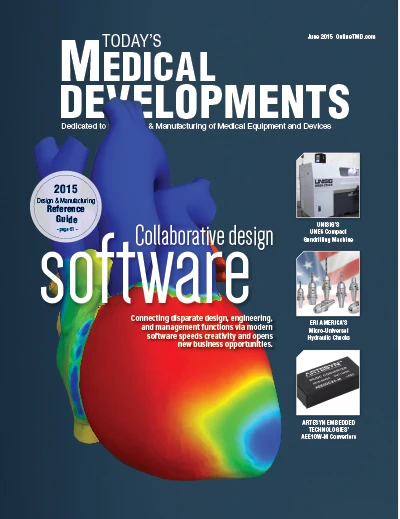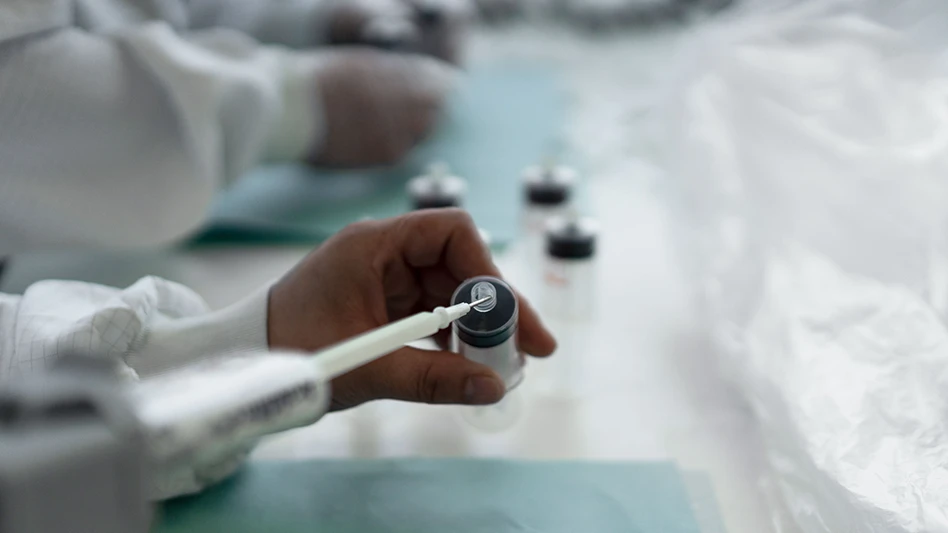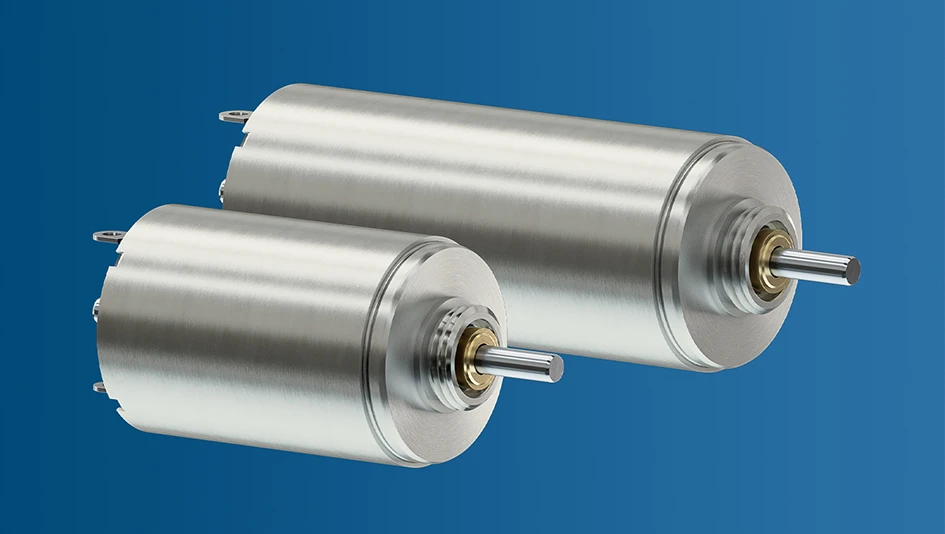 Elizabeth Engler Modic Elizabeth Engler ModicEditor | Globally, cardiovascular diseases (CVD) are the number one cause of death and by 2030, CVD-related deaths will reach 23.3 million each year, according to the World Health Organization. And, statistics from the American Heart Association show that by 2030, 40.5% of the U.S. population will have some form of CVD. Total direct medical costs of these diseases will reach $818.1 billion during the next three decades. Staggering numbers, but advancements in medical device research aim to reverse this trend. Just slightly more than a year ago, Dassault Systèmes’ 3D realistic simulation model of a whole human heart was announced – the world first Living Heart Project. It was promoted with the question, “What if doctors leveraged and relied on the same 3D modeling and realistic simulation technology that the automotive, aerospace, energy, and hi-tech industries have used for decades to virtually design, test, and validate products and processes before they have been built or implemented?” Today they can. By November 2014, the project had progressed to the 3D heart simulator moving into beta testing and validating the efficacy of a valve-assist device prior to insertion in a real patient, delivering a better understanding of the progression of heart disease. Additionally, a five-year collaborative research agreement between the U.S. Food and Drug Administration was announced. The agreement initially targets the development of testing paradigms for the insertion, placement, and performance of pacemaker leads and other cardiovascular devices. The idea behind its development is the use of a technology crowdsourcing model that protects the intellectual property of the members, yet enables all to share the outcome. The 30 contributing member organizations, which include more than 100 cardiovascular specialists from research, industry, and medicine, also teamed with the Medical Device Innovation Consortium (MDIC) with the goal of accelerating the approval process of medical devices while spurring innovation, improving patient reliability, and reducing costs. Today, the project is changing even faster. The first heart model from the Living Heart Project is commercially available now. The announcement is timely, as this issue of Today’s Medical Developments magazine has a feature on design and simulation, which talks about the Living Heart Project and the future advancements key players in the simulation market see for manufacturing overall. This technology enables medical device manufacturers to perform virtual tests and visualize the heart’s response in ways that are not possible with traditional physical testing. And it’s all done without testing on humans. Having covered medical device manufacturing for nearly 20 years, I have learned a lot, and seen many advancements, but this one just stuns me. It highlights how fast research is advancing, and it also means the companies designing and manufacturing medical devices will need to be prepared to keep up with this fast-paced sector. How is your company keeping pace with the speed of medical device advancements? Drop an email with your thoughts to emodic@gie.net.
|

Explore the June 2015 Issue
Check out more from this issue and find your next story to read.
Latest from Today's Medical Developments
- Auxilium Biotechnologies prints medical devices on the International Space Station
- KYOCERA SGS Precision Tools’ APEX Application Expert
- North American robotics market holds steady in 2024 amid sectoral variability
- Evident’s DSX2000 digital microscope
- Ferrocene becomes first Rust toolchain to achieve IEC 62304 qualification
- Germany expects a major decline in production in 2025
- Learn what you need to comply with CMMC requirements
- VersaBuilt’s CNC automation possibilities





